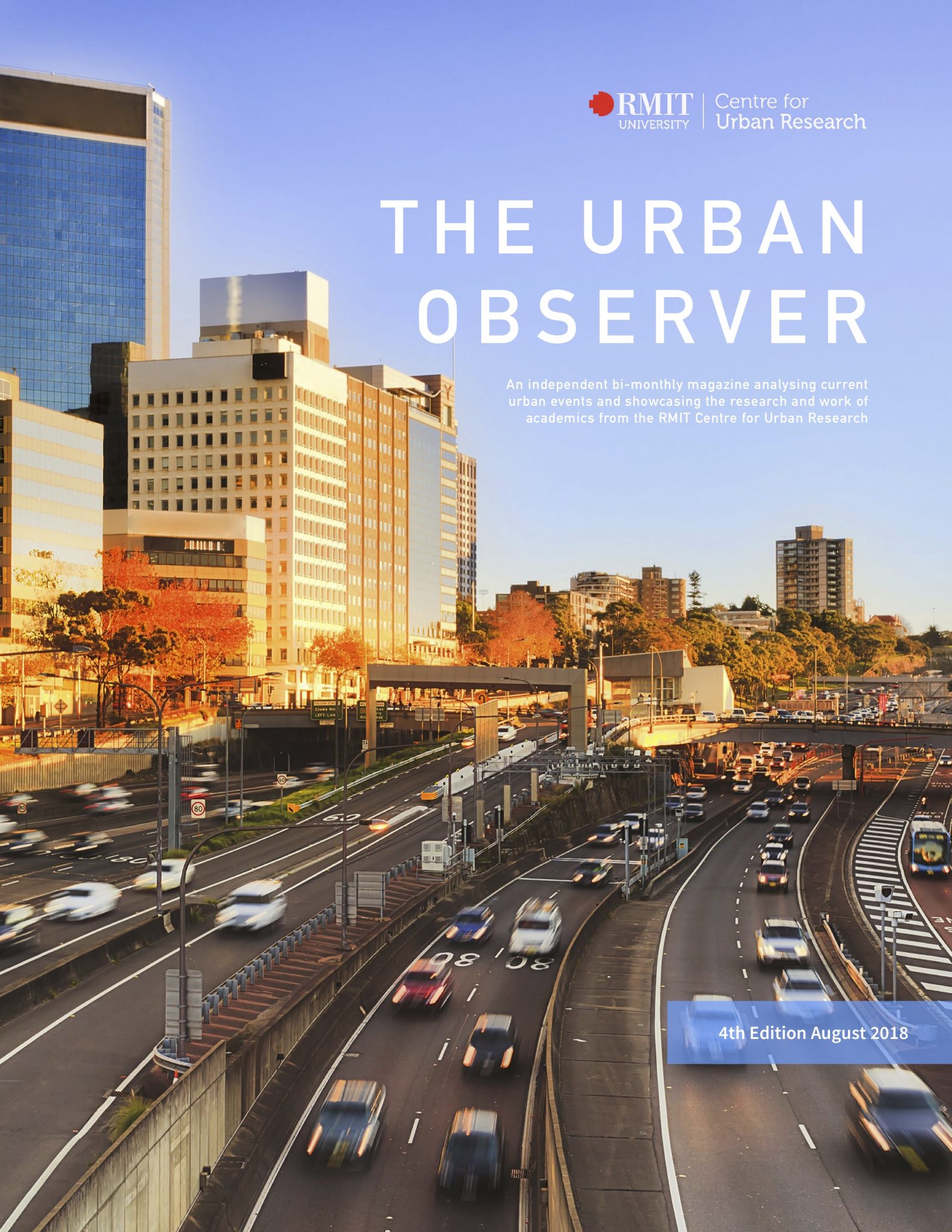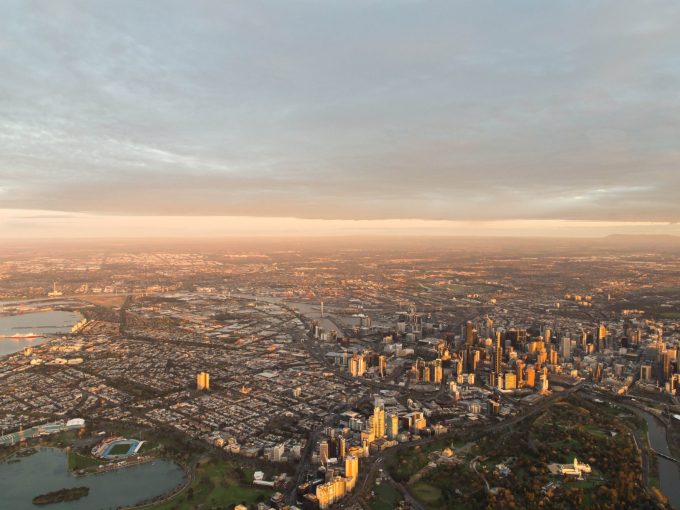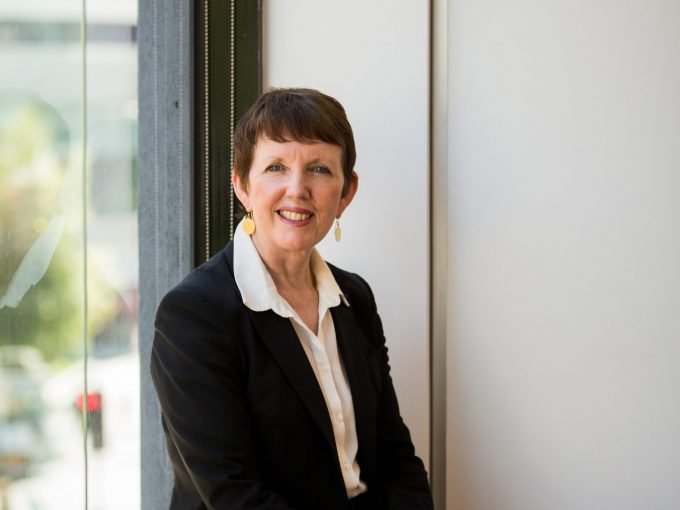With Australia’s population reaching 25 million this month, the liveability of our cities has become critically important for our national prosperity and sustainability.
At the Centre for Urban Research, the Healthy Liveable Cities Research Program is a national leader in this field, and this edition of the Urban Observer showcases some of their work.
Building upon the first baseline measure of liveability in Australia’s capitals presented in the landmark Creating liveable cities in Australia report, Distinguished Professor Billie Giles-Corti and her team are now reviewing the liveability policies of our major cities, to examine how they are being implemented, and how the cities rate on national liveability indicators. You can read about Sydney’s performance and how it is faring in this month’s issue.
As apartment blocks rise across our cities to accommodate growing urban populations, amenity is becoming a big question. Dr Sarah Foster is leading the Optimising apartment design policy to equitably enhance mental health project. This collaboration between the Centre for Urban Research and the University of Western Australia has been established to help guide future policy decisions on the design and location of higher density housing for healthy, sustainable and equitable communities.
In our last edition of The Urban Observer, Dr Ian Woodcock discussed his work for the City of Melbourne’s Transport Strategy. I am delighted that another CUR expert has been contributing to this vital transport conversation. Dr Elizabeth Taylor’s latest research has exposed Melbourne’s parking glut, revealing that almost half of the apartment parking in the city’s central areas is unused. If we are going to accommodate a growing population, research like this is critical to shape and influence good policy to optimise how we use precious urban space.
In further recognition of our talented researchers, Dr Hannah Badland has recently been awarded the prestigious Thinker in Residence by the Australian Health Promotion Association for her contributions to health promotion. Hannah’s research has spanned remote sensing technologies, children’s independent mobility, and travel behaviours in diverse settings. Most recently Hannah has investigated how living in a neighbourhood lacking in amenities can have long-term impacts on children’s health and development.
As always at CUR, I am delighted by the variety of approaches to urban problems and the talent we support and nurture. Among many research reports in this edition of The Urban Observer, you will read a critique of the trend to view nature as a set of ecosystem services, responses of the construction industry to climate change, and the contribution of tram corridors to local identity and economic vitality, all attesting to our cutting edge urban scholarship.
I hope you enjoy reading the August edition of the Urban Observer.






